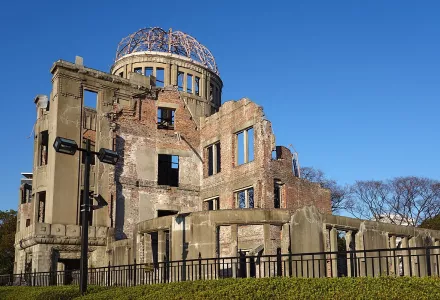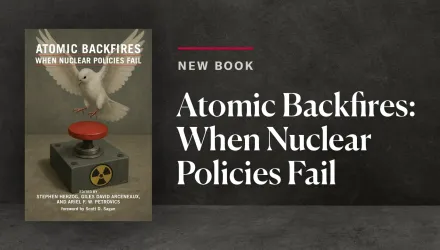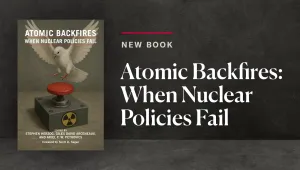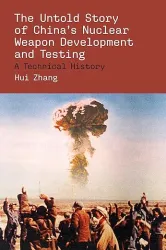The Treaty Meant to Control Nuclear Risks is Under Strain 80 Years after the US Bombings of Hiroshima and Nagasaki
In their article for The Conversation, Dr. Stephen Herzog explains that the Nuclear Non-Proliferation Treaty (NPT), created after Hiroshima and Nagasaki, was built on a “grand bargain”: nuclear states would reduce arsenals while non-nuclear states refrained from developing weapons, with all gaining access to peaceful nuclear technology. Herzog argues that the treaty is now under serious strain, as nuclear powers modernize their arsenals, key commitments remain vague, and trust erodes amid coercion and noncompliance. Still, Herzog notes that most countries stay within the NPT because it offers more security and stability than leaving it.






